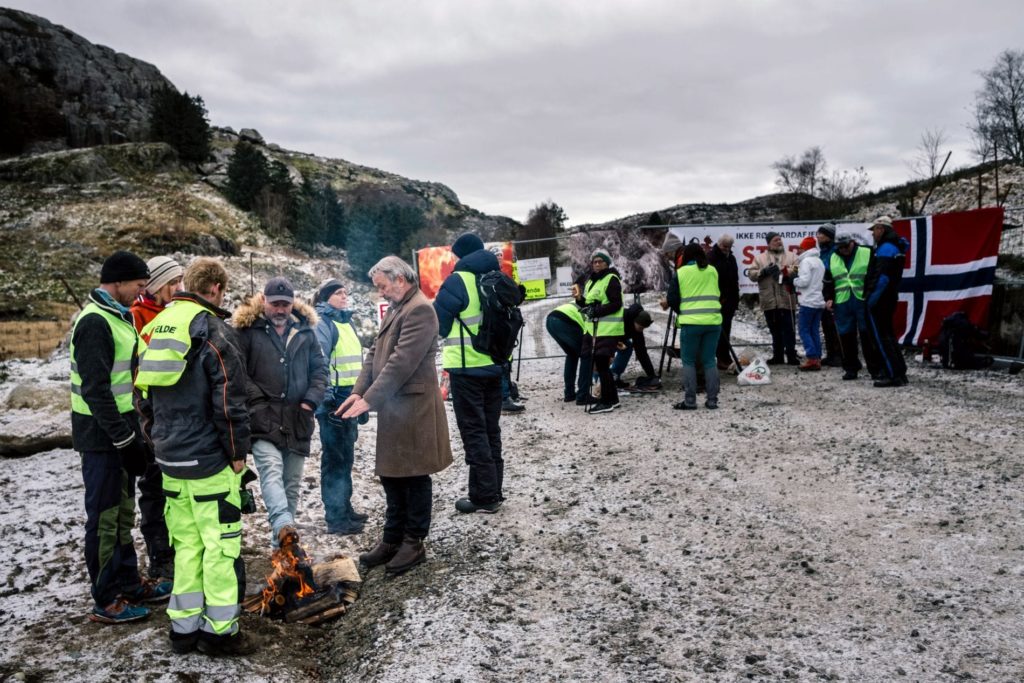
NRK Documentary: Angels with blood on the wings
The biggest natural intervention in Norwegian history is in the making, as power companies want to build thousands of wind turbines along the coast. Large areas of untouched nature are in danger of becoming an industrial area. Coastal people are protesting new neighbors to fill the horizon, and biologists are scared we are destroying our last wilderness.
Wind power as a climate measure is disputed, and the level of conflict between an ever-broader popular opinion and vandal capitalism which seems to be completely off the hook is increasing.
Watch the NRK documentary: The Battle against the wind power turbines

OPINION by Liv Marie Sandve
What is the problem with wind power?
In my opinion, it is an unsustainable relationship with a number of factors. The last remnants of untouched, carbon-bearing nature. Sami (indigenous peoples) rights and their natural resources. Red-listed birds and biodiversity in general. Tons of pollinating insects. Quality of life, animal and public health threats from shadow rolls, falling ice, infrasound.
Loss of property value. Contamination of drinking water quality from vibrations, leaking machine oils, and Bisphenol A. Landowners who face financial ruin when the turbines with exaggerated duration expire or start burning. Flaking of microplastics. Emissions and costs associated with the production, shipping, establishment, maintenance, and handling of non-recyclable special waste. Loss of billions in tourist attraction for one of the world’s most unique tourist destinations. Loss of views! Nature’s intrinsic value, which creates public health and livelihood without charging a penny.
Is the country virtually sold to foreign investors?
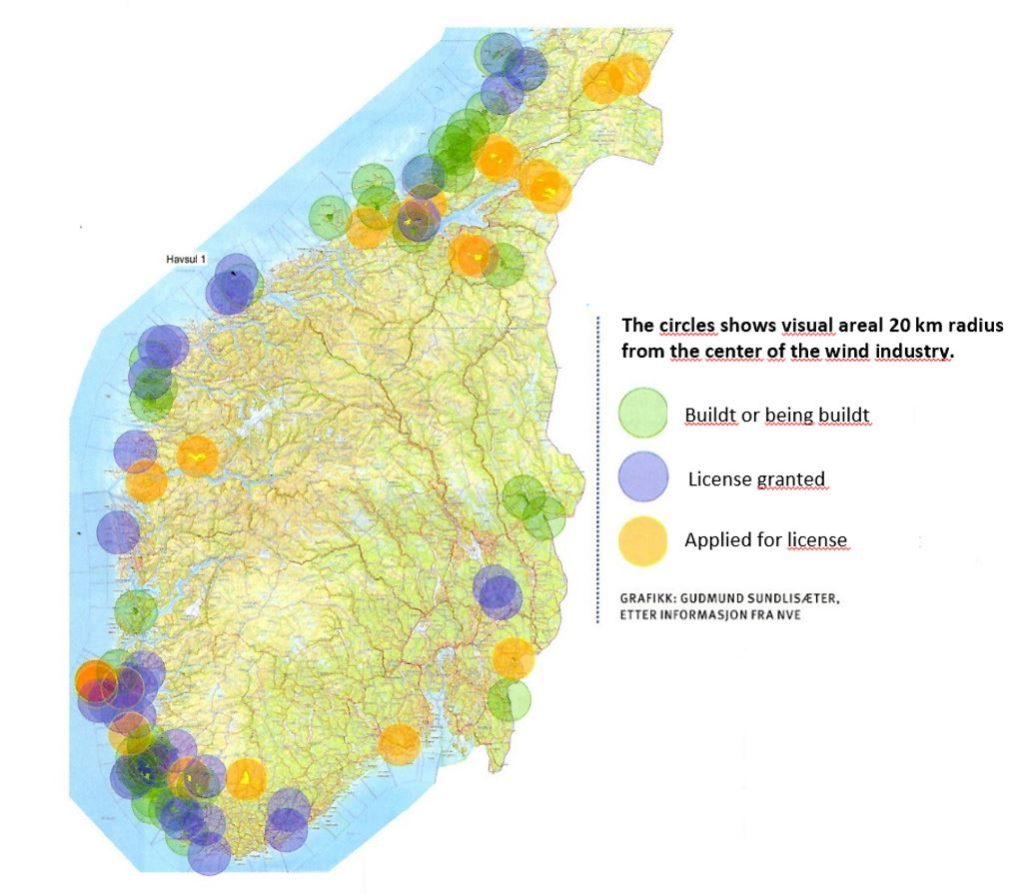
Excepted from the law. “Green” certificates subsidized through Norwegian electricity customers’ rent for infrastructure, pay investment companies to industrialize national treasures. The TV 2 case about Tellenes Vind “park” shows the flight of money to tax havens. It violates laws on Nature Diversity, Landscaping and Work Environment Act., Indigenous People and Bern, and ILO Convention No. 169. Consistent violations in the licensing processes. Defective and outdated impact assessments made by the developer pointed out by the Environment Directorate, ref. Harvest Magasin 3 / 7-19. Developers who continue their work while complaints are being “processed” at the NVE. Ref. the Vardafjell case, Sandnes municipality. North Connect. Analyzes by Hogne Hongset show that the cable will increase Norway’s CO₂ emissions, revenues for Norwegian power companies and electricity costs for private customers and businesses. To make wind power profitable. Power consumption. Wind power is tentatively legitimated by the mission to green-wash the oil industry’s insane electricity consumption. But oil and gas consumption still isn’t climate friendly. Social dumping of labor. Exceptions to the “Coronal Act”. Wind power workers in tightly packed barracks.
Suppression techniques.
Use of terms. The term “environmental protection” is now called “the climate issue”. Is the wind industry environmentally friendly and sustainable? Not at all. In Norway, we are self-sufficient with green power through hydropower plants and have never exported as much power. Upgraded hydropower plants will provide at least as much and more stable power at a lower cost.
Democracy.
The Norwegian authorities’ intentional and persistent overrun of public opinion and municipal governments. Consciously and deliberately colliding with the people who have given them their trust, whom they are set to serve. Sovereignty. After the OED decided, after countless protests, that Andmyran should be spared for wind power development from environmental and climate reasons, Germany’s Ambassador Alfred Grannas chooses to threaten with trial to defend the investment company behind the plans. “I do not think a lengthy trial in the crisis right now would have been of any use to any of the parties,” he writes in an email dated March 27, 2020, sent to Secretary of State Tony Christian Tiller.
A malodorous shift.
Is the country virtually sold to domestic and foreign investors? Have this country’s authorities given away sovereignty through the EEA /sneak introduction into the EU and the EU power agency ACER? Do we have politicians willing and daring to work towards restoring the country’s integrity? I dare you!
So this is what they refer to as the green shift. This is supposedly the future.
What kind of planet is this?
Strange, how strange it is …
Or from Sigbjørn Obstfelders’ poem “Jeg ser”
“I’m looking, I’m looking…
I seem to be on a foreign planet!
Strange, how strange it is…”
Wind turbines, from cradle to grave.
Just about everything, we as consumers make use of; clothes, shoes, cell phones, computers, cars, and other things – have components that in some way or another make a so-called climate footprint.
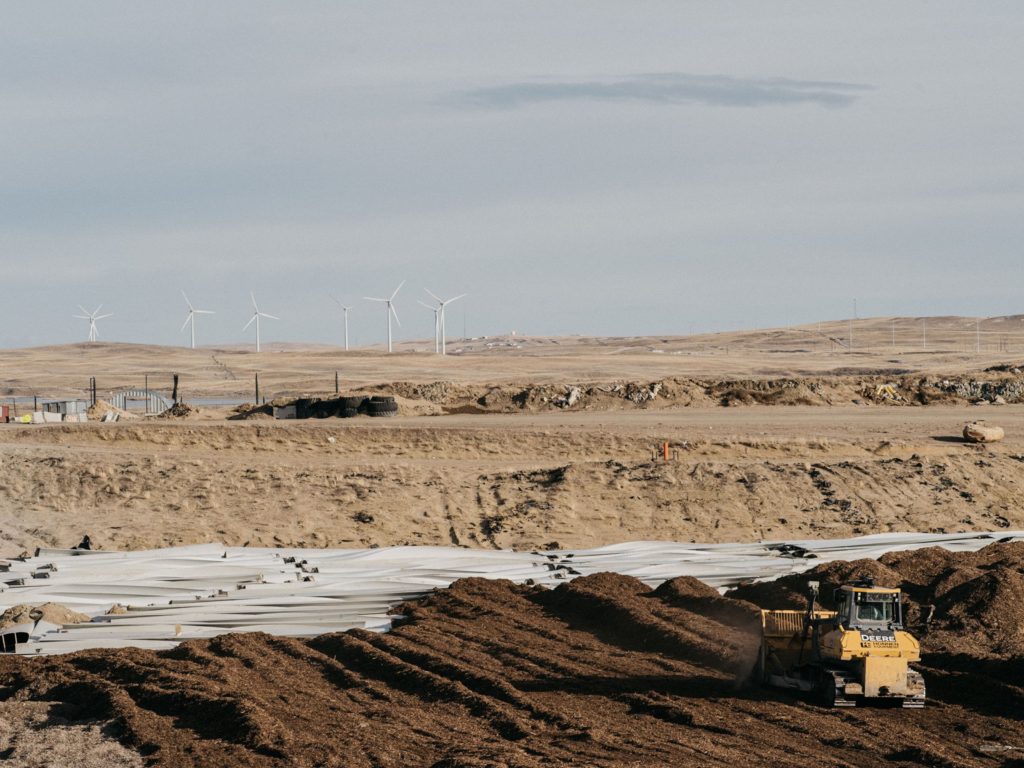
Photographer: Benjamin Rasmussen for Bloomberg Green
Written by Margrethe Aarmo, Marita Kristel Buschmann Wahl, Wenche Jenny Marø Røsseth, Jan Morten Røsseth, Torill Johansen Bondø, Liv-Agno Ulsund og Sara-Marie Ulsund Stiksrud, Rødt Nærøysund. Translated from Norwegian by Liv Marie Sandve.
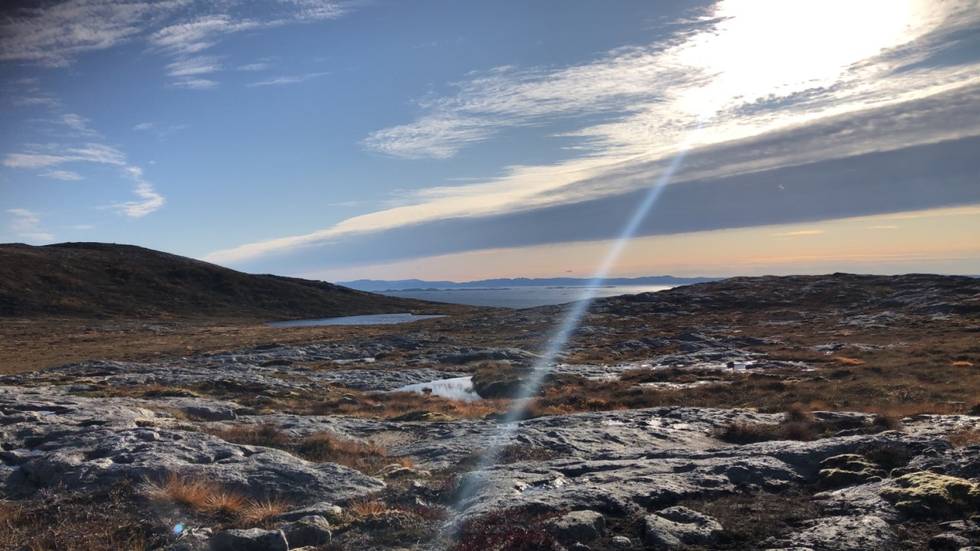
This implies everything in the process from mineral extracting, production, transportation, usage, and finally waste disposal. Most people have made themselves addicts of these products, and limiting the consumption will demand massive restructuring and willingness from every consumer.
What we are not suffering addicts of, despite power companies’ slogans and promotions under the headlines “green energy”, “the green shift” and so on – is wind turbines.
As shortly and readable as possible, based on source-critical facts, we intend to shed a light on what these wind turbines are made from, what implications they impose on the environment, and what remains they leave us with after being disposed of.
According to an article posted on the website of NGO (Norway’s’ Geological Survey) in 2016, a turbine of 87m height and a wingspan of 117m consists from the following: 475 tons of steel, 36 tons of copper, 2,6 tons of led, 1,3 tons of aluminum, 400 kg nickel, 400 kg neodymium and 80 kg of dysprosium. To put this information into perspective: in the village of Batou in Inner Mongolia, China, a large amount of these elements are extracted. BBC, The Guardian, Norwegian Environmental Protection Association, NRK, and other media have in recent years made reports and articles dealing with the extent of these mining operations.
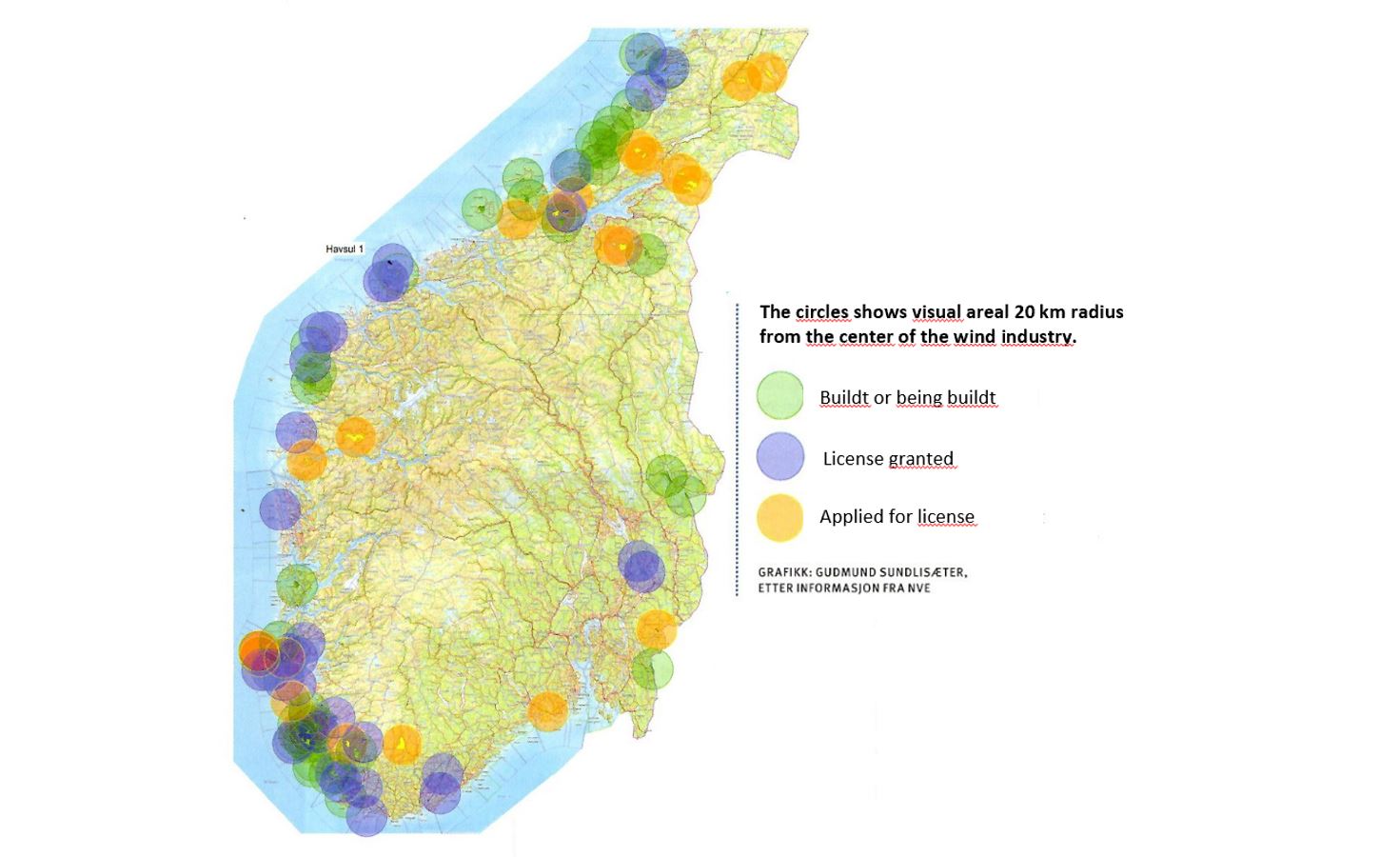




There are 3 comments
Comments are closed.